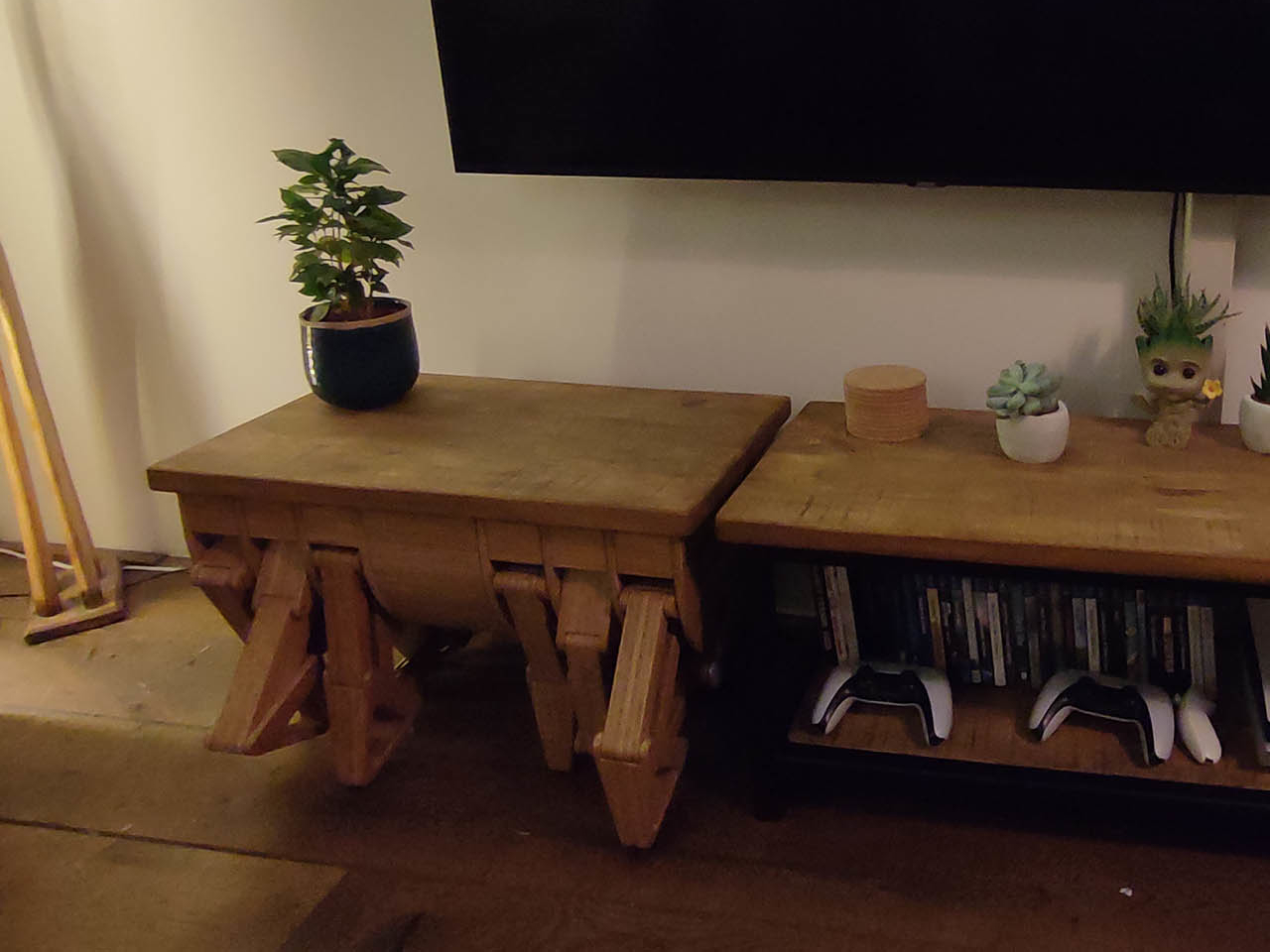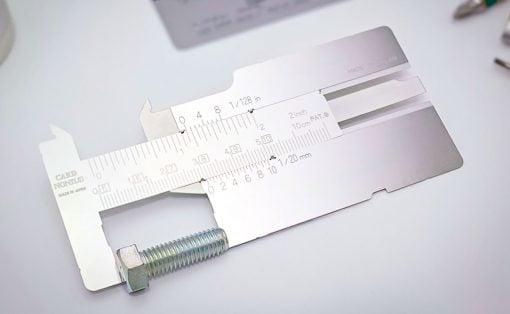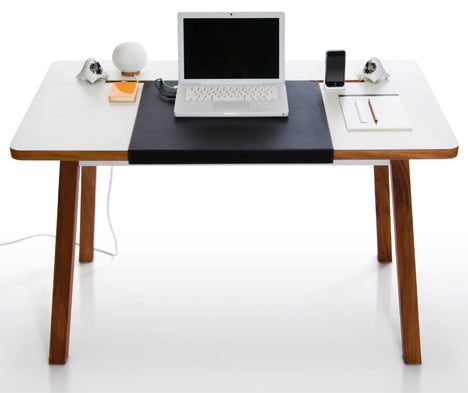In the prehistoric past, man’s survival relied on preserving as much energy as possible by using the least amount of effort possible to complete a task. Today, that might sound a little like laziness, but it was that spirit of necessity that gave birth to many of humanity’s greatest inventions, from cars to smartphones to this rather ingenious walking wooden table. A product of passionate craftsmanship, computer wizardry, and creative imagination, the Carpentopod and its 12 crawling legs could be the semi-automated table you’ve dreamed of that will bring your snack and drink at your command, or a sci-fi nightmare come to life that will haunt your waking hours.
Designer: Giliam de Carpentier
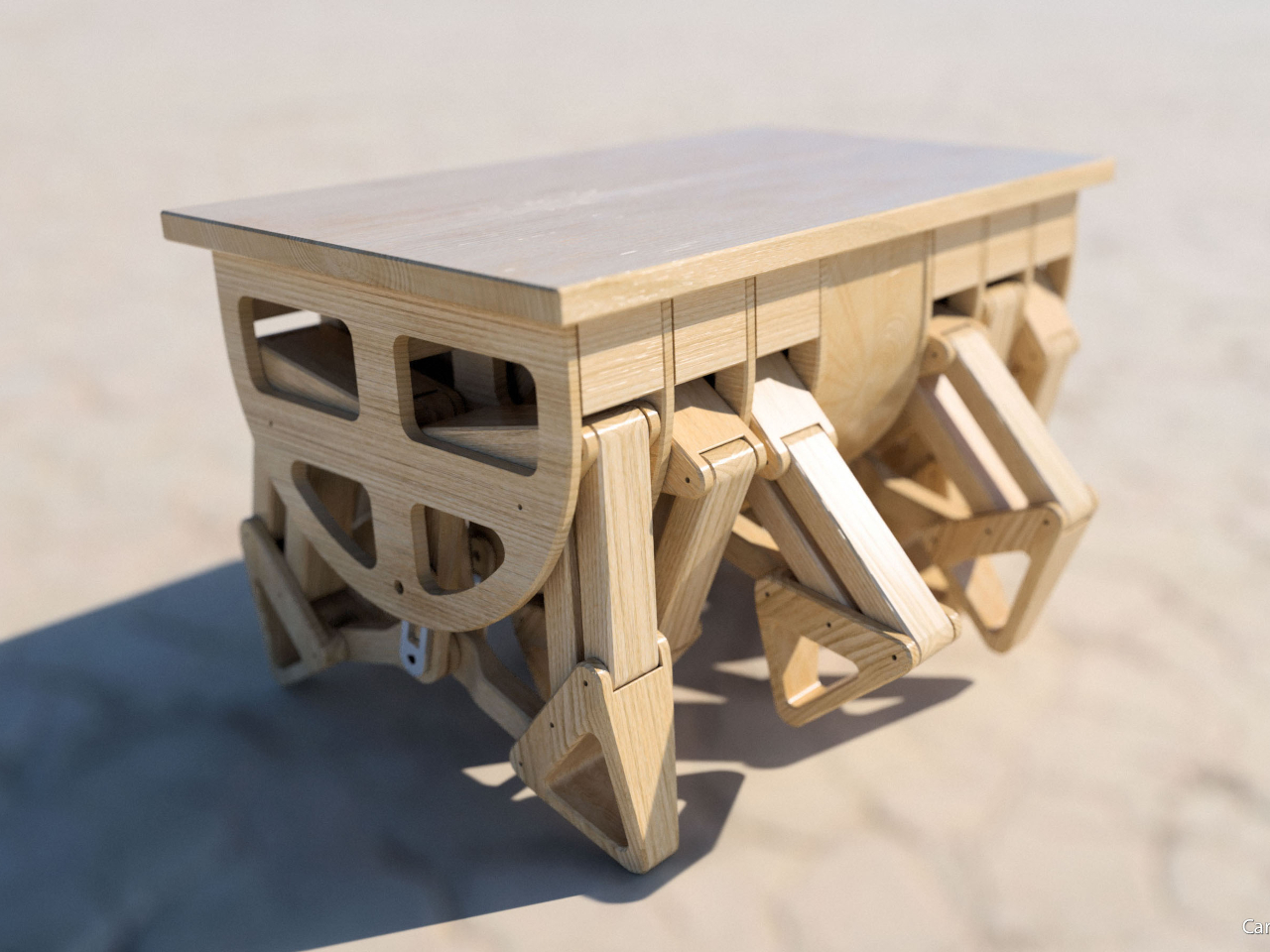
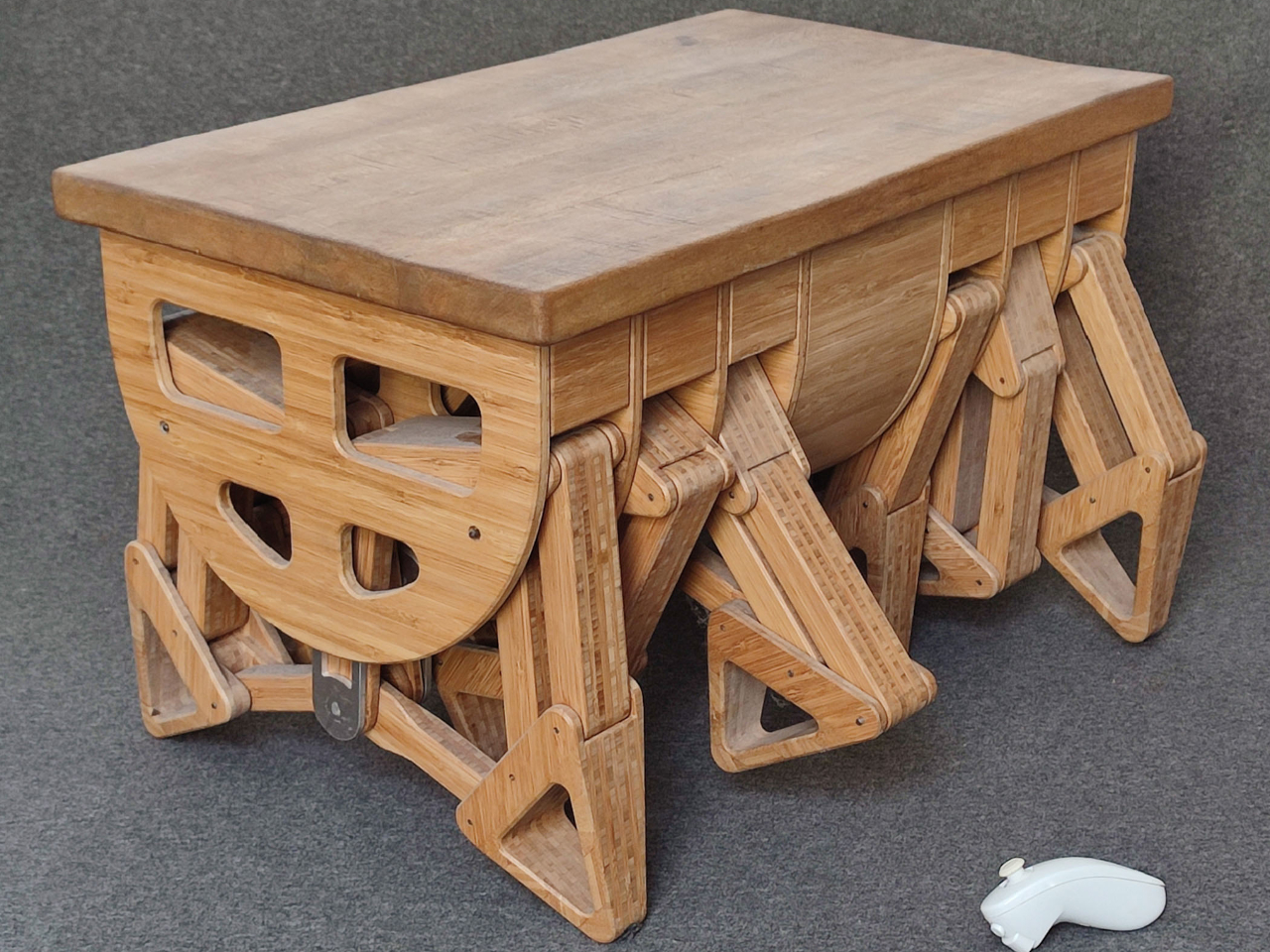
Given our advancements in robotics, you might think that making a table walk would be a trivial pursuit, but unlike a wobbling and bouncing quadruped, a table needs to be stable and level if it’s to be useful. The biggest puzzle to this project, therefore, is designing legs that would move the table without jiggling and potentially spilling its contents. To solve this, computer software was used to generate thousands of leg linkage variations and have them compete with each other based on certain criteria. In other words, a kind of machine learning to create the best leg design that can move smoothly in a horizontal direction.
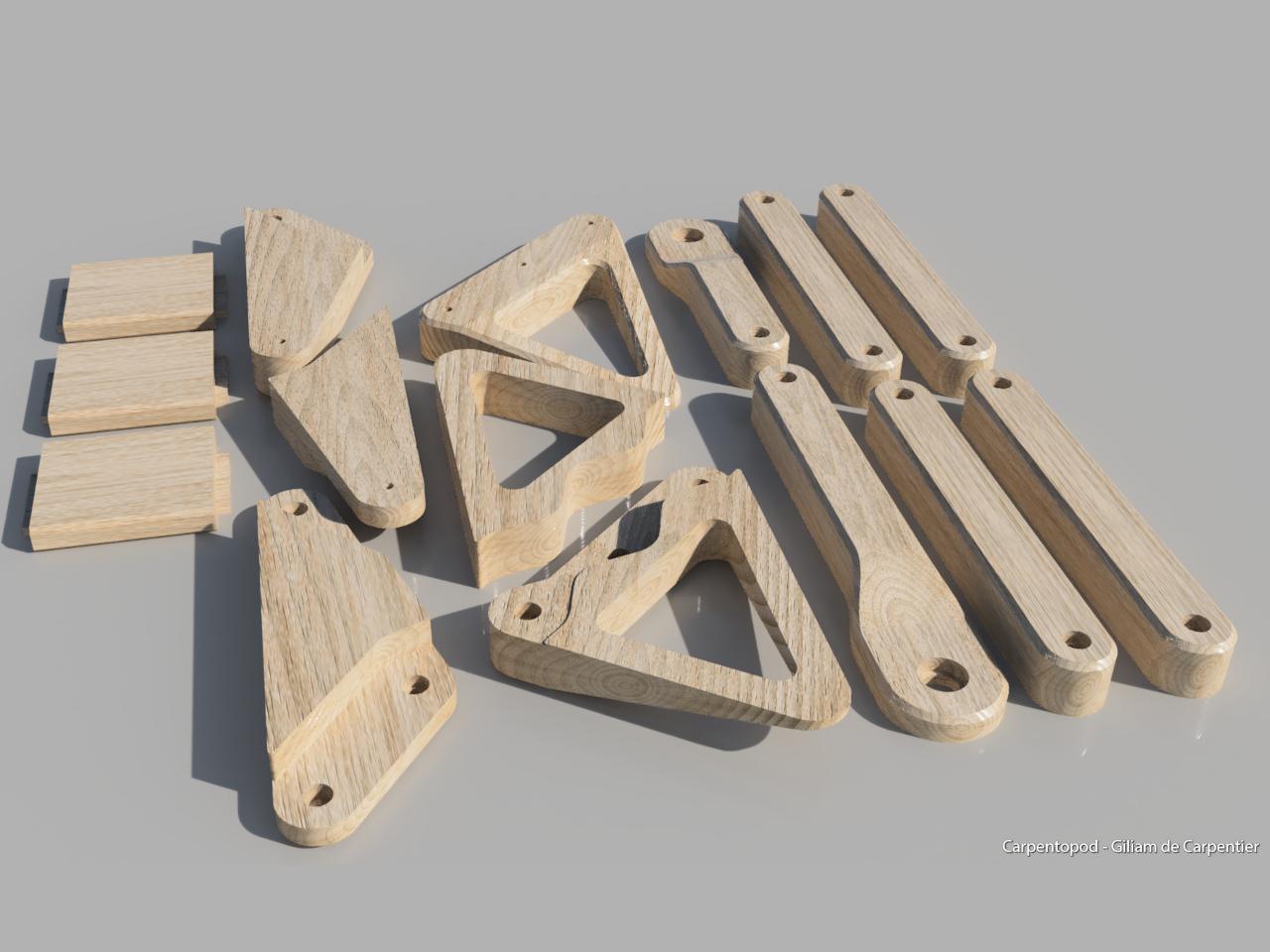
The result is a design that looks like a fusion of Theo Jansen’s iconic Strandbeest mechanism and the movement of multi-legged creatures like centipedes. The table moves with no less than 12 legs in four groups, as each leg can only do a third of the walk cycle on the ground. As you can imagine, the assembly of this wooden machine is no trivial task. The leg linkages themselves were CNC’ed from laminated bamboo for the sake of precision. All in all, There were more than a hundred bamboo parts involved in the construction, each of which was sanded and lacquered.
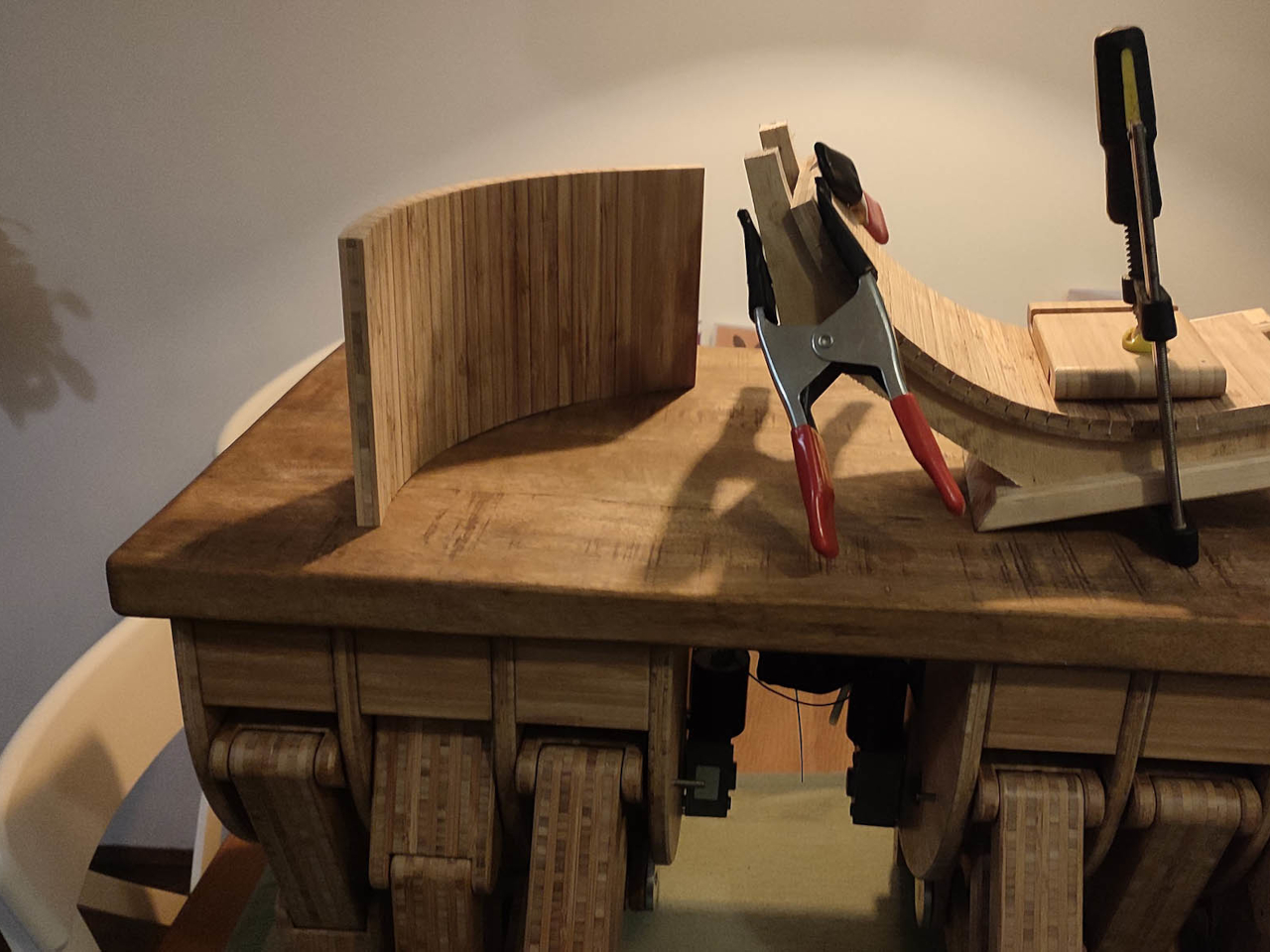
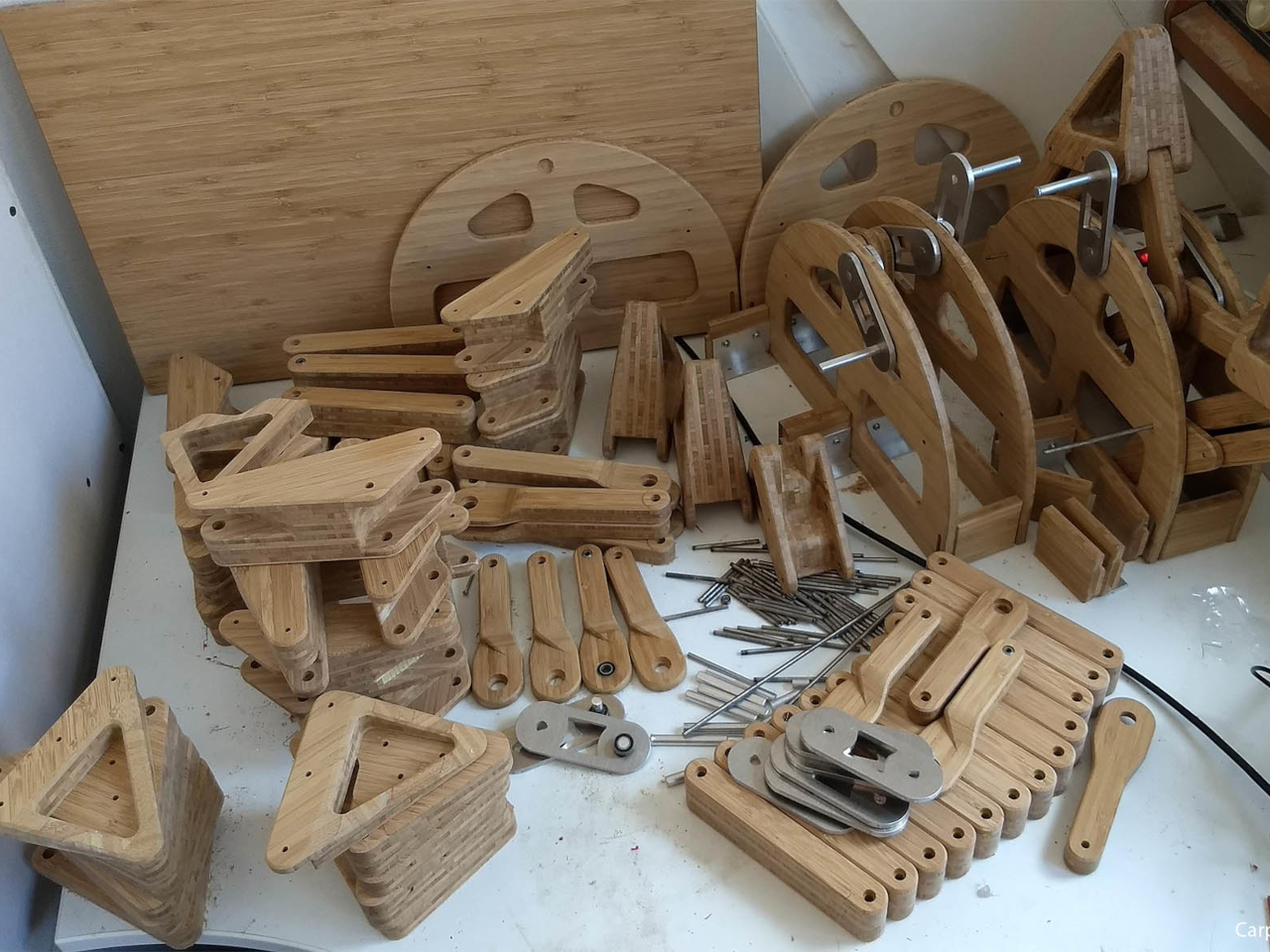
The Carpentopod isn’t just a mechanical wooden sculpture, however. There are motors used to move the legs, specifically the smooth, brushless motors used for automated curtain products. There’s also plenty of electronics involved, though the majority of them are for controlling the table remotely. Curiously, these non-wooden parts are all hidden inside a central hollow compartment, almost like the belly of the beast, so to speak. The table can be controlled using a custom wand-like remote not unlike a Wii-mote.
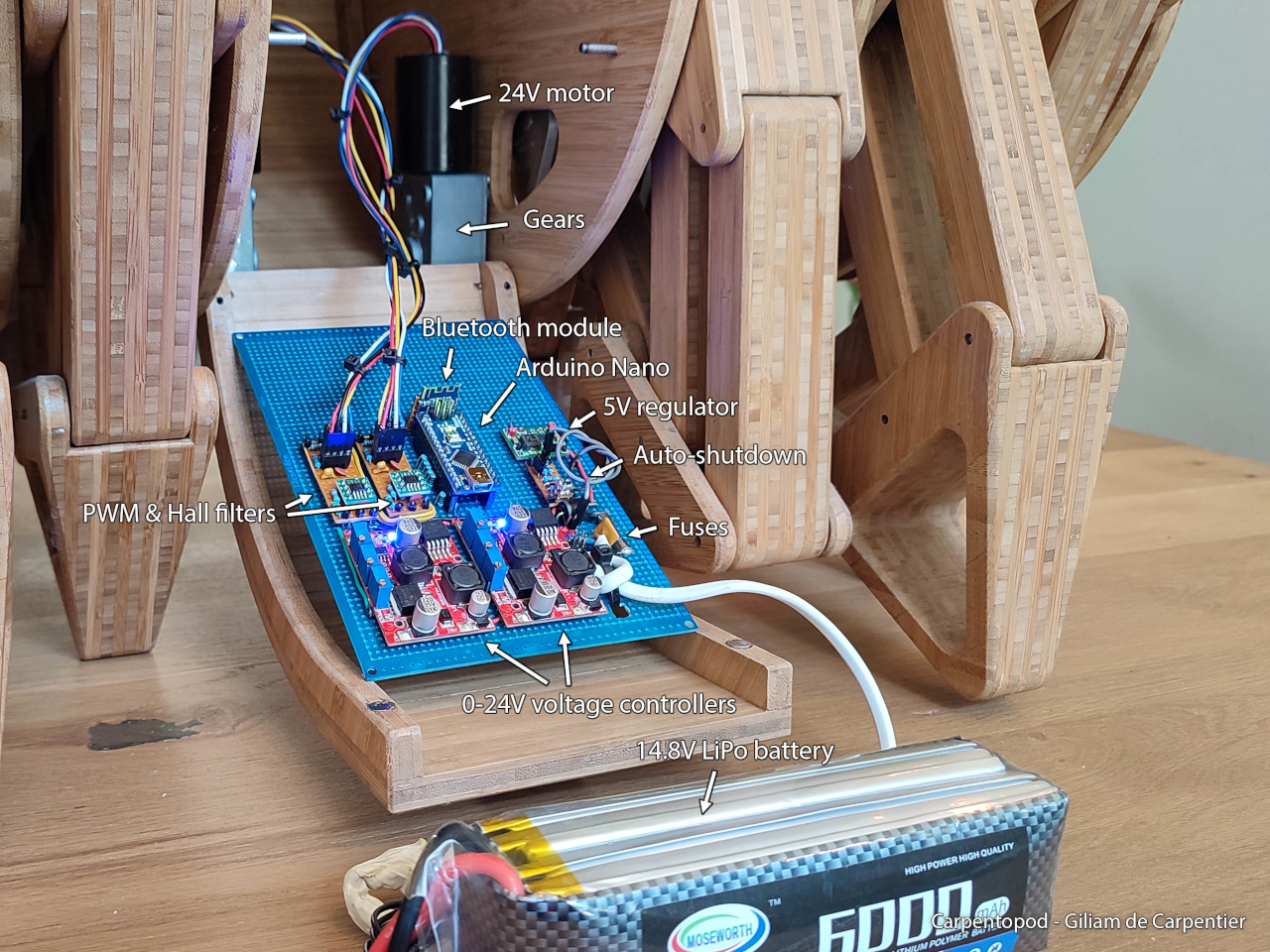
It’s definitely mind-blowing how the table can walk so smoothly without toppling things on top of it or spilling their contents. There’s still a bit of shaking, of course, but still within safe ranges. One can only imagine how the basic design of the Carpentopod could be improved with some sensors and automation, delivering your food while you sit on your couch and then parking itself away once its job is done.
